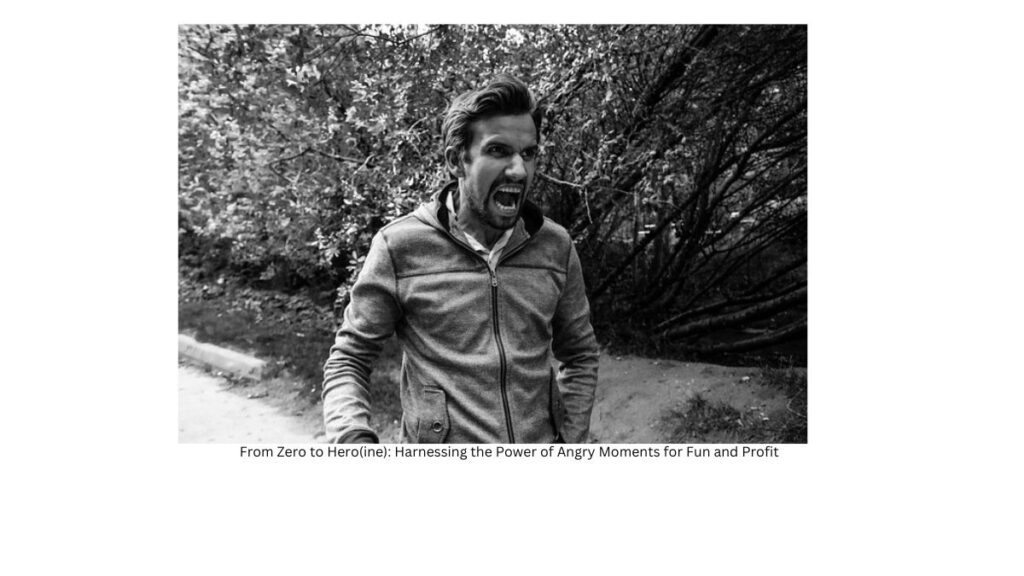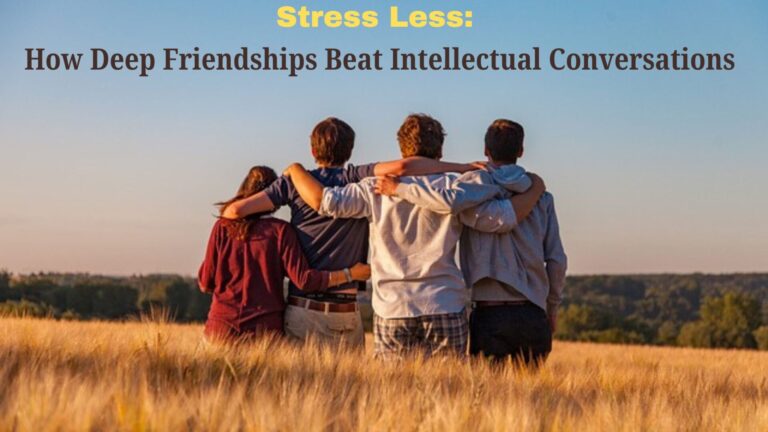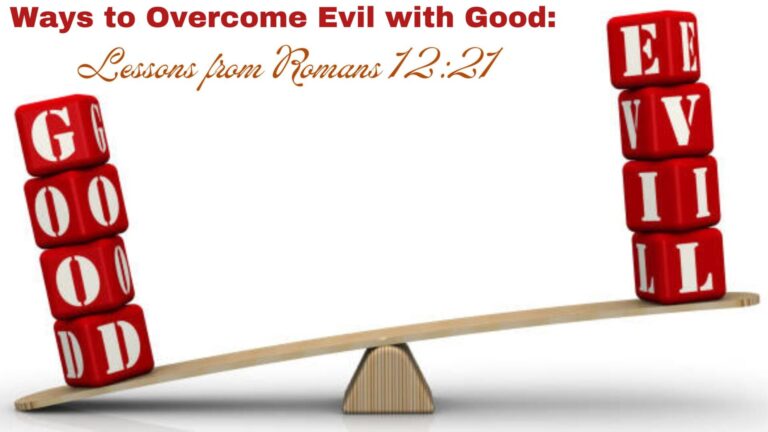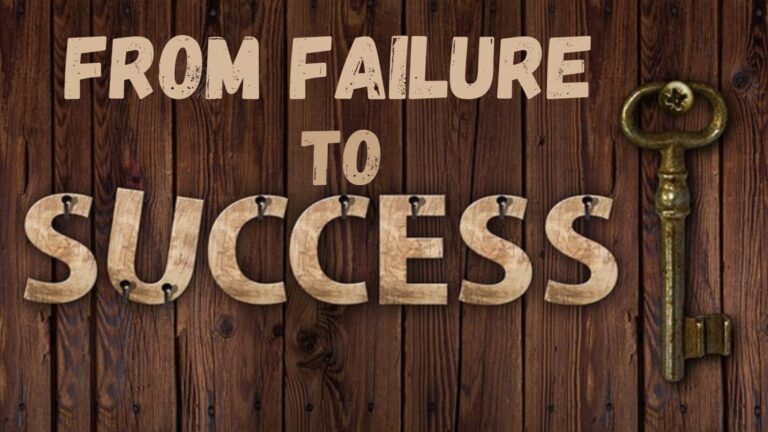Introduction:-
From Zero to Hero(ine): Harnessing the Power of Angry Moments for Fun and Profit

In the grand theater of emotions, anger often takes center stage. It’s a powerful force that can lead to both negative consequences and surprising benefits. In this article, we’re going to explore the intriguing and, at times, amusing world of anger. So, fasten your seatbelts, as we journey from zero to hero(ine), delving into how to harness the power of angry moments for fun and profit.
What are the key aspects of the intriguing and sometimes amusing world of anger, and how can one effectively harness the power of angry moments for both fun and profit?
Anger: The Misunderstood Emotion
Anger is an emotion that’s often misunderstood and underestimated. It’s seen as the villain of the emotional spectrum, causing chaos and destruction. But, what if we told you that anger could also be your unexpected ally in certain situations?

The Upside of Anger: Fuel for Change
Anger, when channeled constructively, can serve as a powerful motivator for change. It’s the fire in your belly that pushes you to stand up against injustice, inequality, and wrongdoing. Think of it as the fuel that drives social reformers, activists, and advocates. When harnessed correctly, anger can transform ordinary individuals into heroes and heroines of change.
Take the example of Rosa Parks, the woman who refused to give up her seat on a bus in Montgomery, Alabama. Her anger at the injustice of racial segregation sparked the Montgomery Bus Boycott, a pivotal moment in the civil rights movement. Rosa Parks’ anger was a catalyst for change, and she became a symbol of heroism in the fight for equality.
Turning Anger into Creative Energy
Anger can also be a potent source of creative energy. Many artists, writers, and musicians have channeled their anger into their work, producing powerful and thought-provoking pieces. It’s like turning a negative emotion into a masterpiece.
For instance, the punk rock movement of the 1970s was fueled by anger at the establishment and a desire for rebellion. Bands like the Sex Pistols and The Clash used their music to express their discontent and connect with a generation of disaffected youth. In the process, they created a genre that remains influential to this day.
Anger in Business: Profiting from Passion
In the world of business, anger can be a double-edged sword. When anger is harnessed for a positive purpose, it can lead to innovation and success. Entrepreneurs who are angered by inefficiencies or problems are often motivated to find solutions, resulting in the creation of new products and services.
On the flip side, uncontrolled anger in the workplace can lead to a toxic environment and have detrimental effects on productivity and employee well-being. So, the challenge is to find a way to leverage anger’s energy without letting it become destructive.
Anger as a Sales Strategy
In the world of sales and marketing, a touch of righteous anger can be used as a persuasive tool. Angry marketing, also known as “outrage marketing,” is a strategy in which companies leverage anger to draw attention to their products or services. They tap into societal issues that provoke outrage and align their brand with the cause.
One example is the famous “Benetton” ad campaign that featured powerful and provocative images addressing issues like racism, AIDS, and war. By stirring emotions and raising awareness, Benetton successfully used anger to promote their brand and message.
The Art of Controlled Anger
So, how can you harness the power of anger without letting it become destructive? The key is controlled anger, which involves recognizing your anger, understanding its source, and channeling it in a productive manner.
- Recognize Your Anger: The first step is to acknowledge when you’re feeling angry. Ignoring or suppressing anger can be detrimental, so it’s essential to confront it.
- Understand the Source: Try to identify the root cause of your anger. Is it a personal injustice, a societal problem, or a challenge in your business? Understanding the source can help you decide how to channel your anger.
- Channel Anger Constructively: Once you’ve recognized and understood your anger, channel it into actions that can bring about positive change. This could involve activism, creative expression, problem-solving, or innovation.
- Maintain Emotional Intelligence: While using anger as a motivator, it’s crucial to maintain emotional intelligence. Don’t let anger cloud your judgment or lead to impulsive, harmful actions.
Comedic Anger: A Lighter Perspective
Sometimes, the best way to deal with anger is to find humor in it. Comedians have mastered the art of taking everyday irritations and turning them into laughter. From road rage to annoying co-workers, the world of stand-up comedy is a treasure trove of anger-related humor.
Comedian Lewis Black, for instance, is renowned for his over-the-top rants about life’s absurdities. He takes the audience on a hilarious journey through the things that infuriate him, turning common frustrations into shared laughter.
What is healthy anger and unhealthy anger?
Healthy anger and unhealthy anger represent two different ways of responding to and managing one’s angry emotions. Let’s explore the distinctions between these two types of anger:

Healthy Anger:
- Assertive Expression: Healthy anger involves assertively expressing your feelings, needs, and boundaries in a respectful and non-destructive manner. It allows you to communicate your dissatisfaction and work toward solutions.
- Problem Solving: This type of anger often serves as a signal that there is an issue or problem that needs attention. It can motivate you to find constructive solutions and make positive changes in your life.
- Boundary Setting: Healthy anger helps you establish and maintain personal boundaries. It communicates to others that certain behaviors or actions are unacceptable and need to be addressed.
- Emotional Release: Expressing anger in a controlled and constructive way can be a form of emotional release. It allows you to let off steam and relieve emotional tension.
- Physical and Emotional Awareness: Healthy anger can make you more aware of your own emotions and physical responses. It can help you recognize when you’re feeling threatened or mistreated.
Unhealthy Anger:
- Aggressive Behavior: Unhealthy anger is often associated with aggressive or violent behavior, both physically and verbally. It may involve shouting, physical harm, or threats.
- Suppression: On the opposite end of the spectrum, unhealthy anger may involve suppressing or denying your angry feelings. This can lead to passive-aggressive behavior or resentment.
- Grudges: Holding onto anger without addressing or resolving the underlying issues can result in grudges. This can lead to long-lasting negative emotions and strained relationships.
- Destructive Self-Talk: Unhealthy anger may be accompanied by destructive self-talk, where you berate yourself for feeling angry or blame yourself for situations beyond your control.
- Physical and Emotional Health Issues: Prolonged, unmanaged anger can have negative effects on your physical and emotional health. It can contribute to stress, anxiety, depression, and even physical health problems like high blood pressure.
- Relationship Strain: Unhealthy anger can damage relationships, causing distrust, fear, and emotional distancing from others.
It’s important to note that anger itself is not inherently bad; it’s a natural emotion that everyone experiences from time to time. The key lies in how you manage and express it. Healthy anger can be a constructive force in your life, motivating positive change and fostering assertive communication. Unhealthy anger, on the other hand, can lead to harmful consequences and a deterioration of your overall well-being and relationships.
The Heroic Transformation: Making Anger Work for You
In conclusion,
anger is a complex and multifaceted emotion that can have both negative and positive consequences. While it’s essential to manage and control anger to prevent harm, it’s equally important to recognize the potential for positive change and creativity that anger can bring.
From zero to hero(ine), anger can be the driving force that propels you to make a difference, create something extraordinary, or even find humor in life’s everyday annoyances. So, the next time you find yourself angry, consider how you can harness its power for fun and profit, and who knows, you might just turn a moment of anger into a heroic tale of success and laughter.





